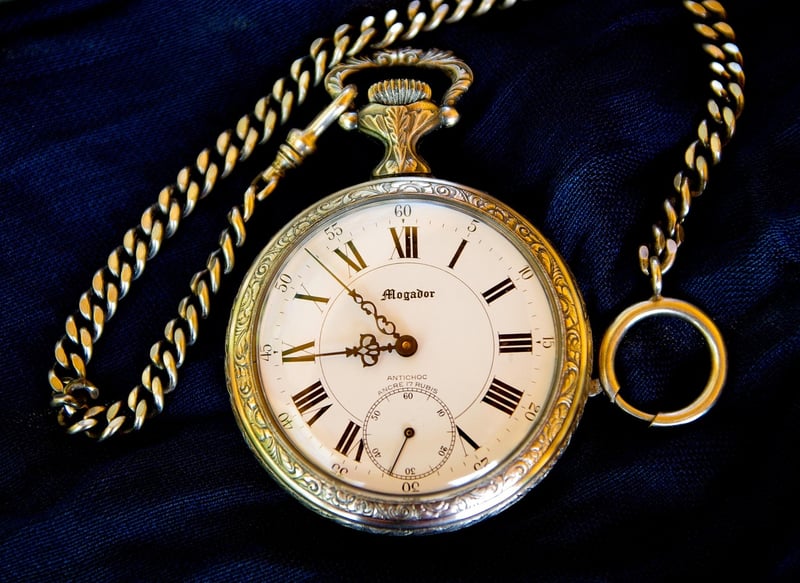Best Practices
Preparing for Time Jumps: Best Practices
Time jumps can be a common narrative technique in storytelling, movies, and literature. They can add complexity to a plot, provide insight into characters' development, and create suspense. However, handling time jumps effectively requires careful planning and execution to ensure a seamless and engaging storytelling experience. Here are some best practices to help you prepare for time jumps in your creative work:
1. Establish Clear Chronology
Before incorporating time jumps into your narrative, establish a clear chronology of events. Create a timeline or storyboard to visualize the sequence of scenes and how they connect across different time periods. This will help you maintain coherence and avoid confusion for your audience.
2. Develop Strong Character Arcs
Use time jumps strategically to reveal key moments in your characters' lives and deepen their arcs. Show how they evolve over time, face challenges, and make decisions that shape their journey. Ensure that each time jump contributes to character development and propels the story forward.
3. Maintain Consistent Themes
While shifting between different time periods, ensure that the thematic elements of your story remain consistent. Explore recurring motifs, emotions, or conflicts that resonate across time and tie the narrative together. Consistency in themes will help unite the disparate elements of your story.
4. Provide Contextual Clues
Help your audience navigate time jumps by providing contextual clues within the storytelling. Use visual cues, dialogue references, or subtle hints to indicate changes in time periods. Guide viewers/readers smoothly from one timeframe to another to enhance their understanding and engagement.
5. Avoid Confusion with Transitions
Smooth transitions are crucial when transitioning between different time periods. Use transitional devices such as fade-outs, sound effects, or visual symbols to signal temporal shifts. Avoid abrupt jumps that can confuse or disorient your audience, maintaining a coherent narrative flow.
6. Edit and Revise Carefully
After incorporating time jumps into your work, edit and revise rigorously to ensure precision and clarity. Check for continuity errors, inconsistencies in character behavior, or plot gaps that may arise due to temporal shifts. Fine-tune your storytelling to deliver a polished and cohesive narrative.
By following these best practices, you can effectively prepare for time jumps in your creative endeavors and craft compelling stories that leverage temporal shifts to enhance narrative depth and engagement.

For more inspiration and tips on storytelling techniques, explore MasterClass - What Is a Time Jump in Writing.
